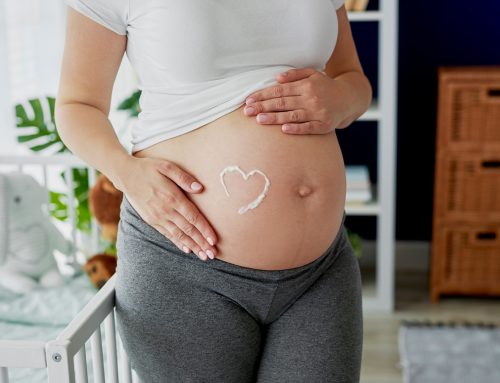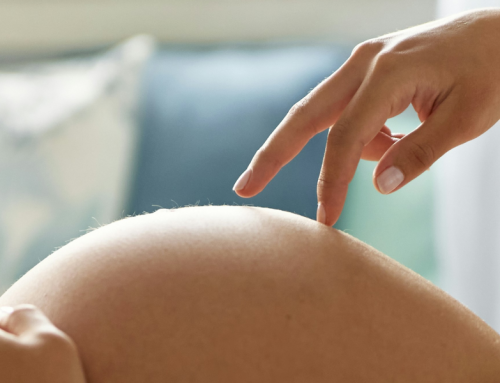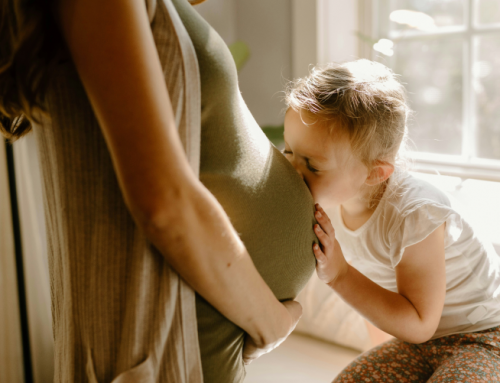It is impossible to improve the oocyte quality, but there are medical tests which indicate the quantity of the eggs and offer guidance about the probabilities of a treatment being successful
When a woman is born, her ovaries contain approximately 400,000 oocytes. Only around 400 of these reach maturity and are converted into mature eggs that can be fertilised. This is what is known as the ovarian reserve, which is reduced and loses its quality over the years. Although there are no techniques for improving the quality of these eggs, it is possible to know how many of them a woman has and based on that information, know their probabilities of resulting in a pregnancy after treatment.
“To measure the ovarian reserve, we perform a hormone test and make a follicle count using an ultrasound scan to know how many eggs that woman has in that cycle” explains Dr. Josep Gonzalo, an assisted reproduction specialist from Eugin Clinic. “On the other hand, it is very difficult to assess and measure their quality. We know that the oocyte quality is inversely proportional to age”, he adds.
Healthy eggs stand a better chance of being fertilised
The oocyte quality determines the success of the fertilisation to a large extent, and consequently, the likelihood of the pregnancy. For instance, a young woman under the age of thirty will have eggs with a greater probability of being fertilised than another woman over the age of forty.
The passing of the years causes the cells of our bodies to age, and also our eggs. When they start to deteriorate, they lose some of the components that guarantee their proper function such as certain elements of the cytoplasm that are present inside the egg. “This process usually accelerates from the age of 35”, says Dr. Gonzalo, “and from the age of 43, the deterioration of the eggs gives rise to enormous difficulties in carrying the pregnancy to term”.
A reduction in the quantity and quality of the eggs may also occur in younger women if they have ovarian failure due to an early menopause or as a result of unhealthy habits such as smoking, or for other reasons. “This is evident if, after trying several assisted reproduction therapies, none of them works”, explains Dr. Gonzalo.
The quality of the eggs can only be verified after the woman has attempted to conceive naturally or if she has followed an assisted reproductive therapy which has not achieved the expected results.
Evaluation of the ovarian reserve
The doctor adds “Although there is no technique for improving the quality of the eggs, in the event of detecting that a woman has fertility problems, a study can be conducted to confirm the ovarian reserve, in order to decide which type of assisted reproductive treatment is the most appropriate”, he says.
One way to evaluate the ovarian reserve is to count the number of ovarian follicles, structures which house the eggs and in which they have started to develop. This information allows us to know how the woman will respond to ovarian stimulation and the chances of the assisted reproductive treatment being successful. Another way to evaluate a woman’s ovarian reserve is through the determination of hormone profiles in the blood.





